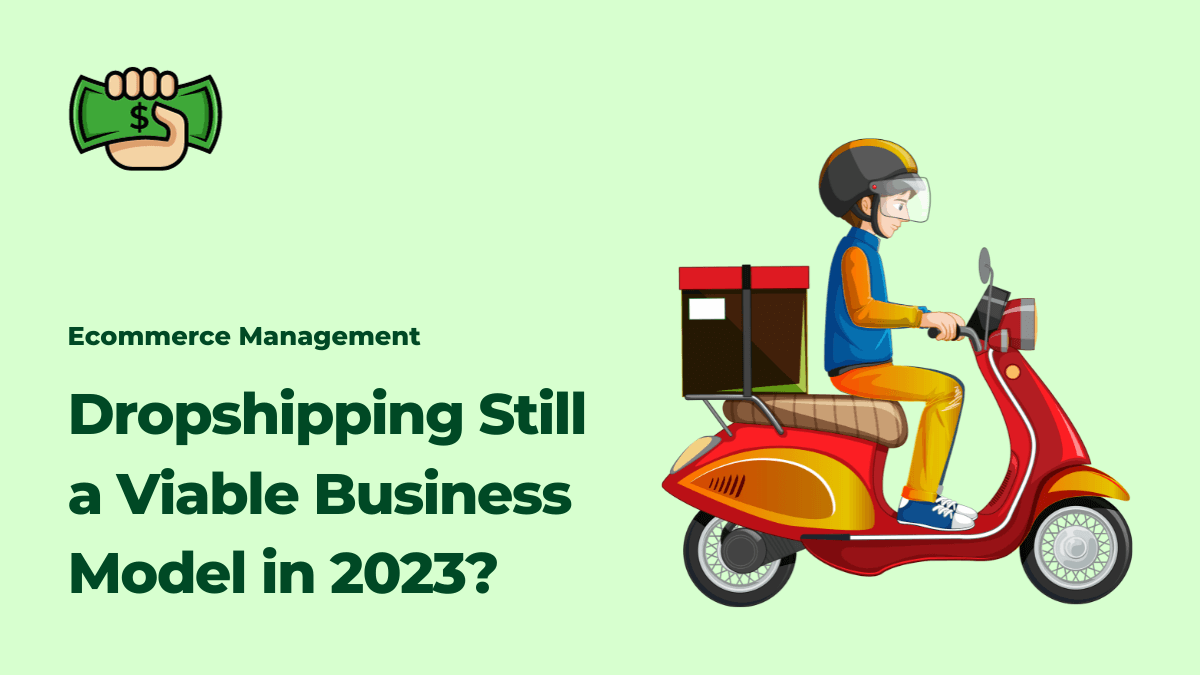In the fast-paced world of online business, staying ahead of the curve is crucial. As someone who has been involved in the e-commerce industry for a few years, I’ve witnessed various trends and changes. One question that keeps coming up is whether dropshipping is still a viable business model in 2023. Let’s explore this topic together.
Table of Contents
What is Dropshipping?
Dropshipping is a retail fulfillment method where a store doesn’t keep the products it sells in stock. Instead, when a store sells a product, it purchases the item from a third party and has it shipped directly to the customer. In essence, as a dropshipper, you act as a middleman between the supplier and the customer, handling the marketing, customer service, and order processing.
The Rise and Fall of Dropshipping
Dropshipping experienced explosive growth in the past decade. Entrepreneurs and aspiring business owners flocked to it for several reasons:
- Low Startup Costs: You don’t need to invest heavily in inventory or a brick-and-mortar store, significantly reducing initial expenses.
- Location Independence: With an internet connection, you can run your dropshipping business from anywhere in the world.
- Large Product Catalog: You can offer a wide range of products without worrying about storage space.
- Flexibility: Dropshipping allows you to test different products and niches without the risk of being stuck with unsold inventory.
However, as dropshipping became more popular, several challenges arose:
- Intense Competition: The low barrier to entry led to oversaturation in many niches, making it difficult to stand out.
- Quality Control: You have limited control over the product quality and shipping times, which can lead to customer dissatisfaction.
- Slim Margins: The need to keep prices competitive often results in thin profit margins.
- Logistical Hurdles: Shipping delays and issues can harm your reputation and customer trust.
Is Dropshipping Still Viable in 2023?
Now, let’s address the million-dollar question: Is dropshipping still a viable business model in 2023? The answer isn’t a simple yes or no. It depends on various factors, including your approach, market niche, and ability to adapt to the changing e-commerce landscape.
1. Market Research is Crucial:
Before diving into dropshipping, conduct thorough market research. Identify niches with demand but less competition. Tools like Google Trends and keyword research can help you discover trending products and niches.
2. Build a Strong Brand:
In the era of fierce competition, a strong brand can set you apart. Invest in creating a professional website, crafting compelling product descriptions, and establishing a unique brand identity. Consistency in branding builds trust with customers.
3. Embrace Quality over Quantity:
Rather than aiming for a vast product catalog, focus on a select range of high-quality products. Offering exceptional value can justify higher prices and better profit margins.
4. Optimize Customer Service:
Outstanding customer service can mitigate many of the issues associated with dropshipping. Be responsive, address concerns promptly, and maintain transparency about shipping times and product availability.
5. Adapt to Changing Platforms:
E-commerce platforms and marketing channels evolve. Stay updated with the latest trends in digital marketing and e-commerce technology. Explore new platforms and marketing strategies to reach your target audience effectively.
6. Consider Hybrid Models:
Some successful e-commerce businesses combine dropshipping with holding inventory. This hybrid approach allows for faster shipping times and better quality control while still benefiting from dropshipping’s flexibility.
7. Be Prepared for Challenges:
Dropshipping can be a rollercoaster ride. Be mentally prepared for challenges such as product shortages, supplier issues, and changing market dynamics.
8. Invest in Marketing:
Marketing is the lifeblood of any e-commerce business. Allocate a budget for advertising, social media marketing, and search engine optimization to drive traffic and sales.
9. Explore Diversification:
Diversify your income streams by exploring other e-commerce models like print-on-demand, affiliate marketing, or selling digital products alongside dropshipping.
10. Stay Compliant:
Keep up with legal and tax requirements related to your business, especially if you’re operating internationally. Consult with legal and financial professionals when necessary.
Conclusion
In 2023, dropshipping remains a viable business model for those willing to adapt, innovate, and put in the effort. While it’s not the get-rich-quick scheme it once seemed to be, it offers opportunities for entrepreneurs to create profitable e-commerce ventures.
Remember that success in dropshipping, as with any business, requires dedication, persistence, and a willingness to learn from both successes and failures. The landscape may have evolved, but for those who can navigate its challenges, dropshipping can still be a path to entrepreneurial success in 2023 and beyond.
